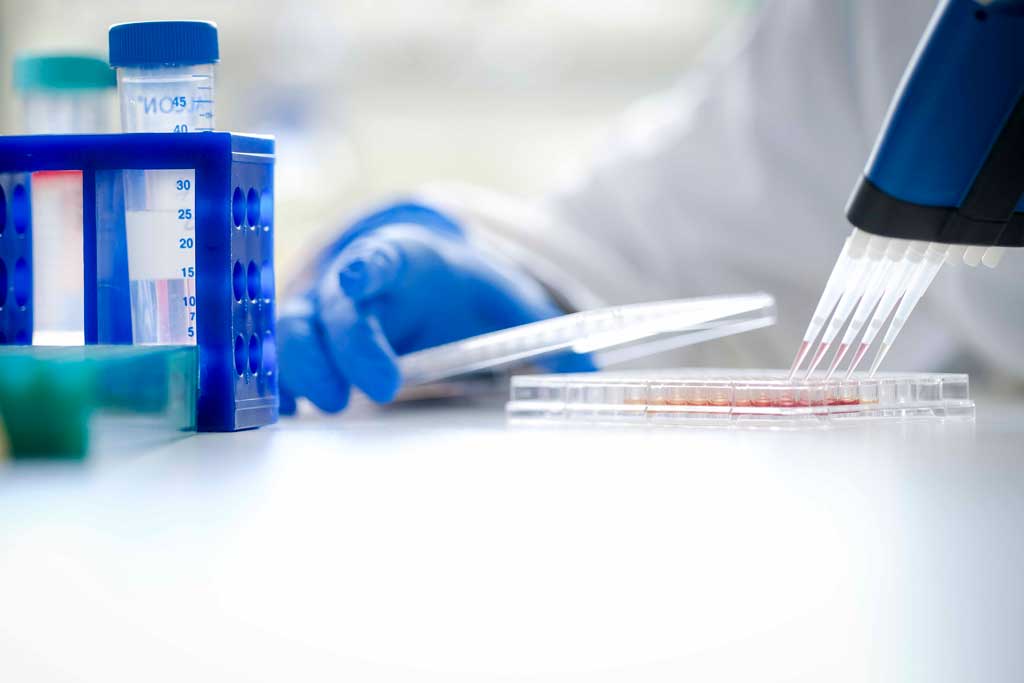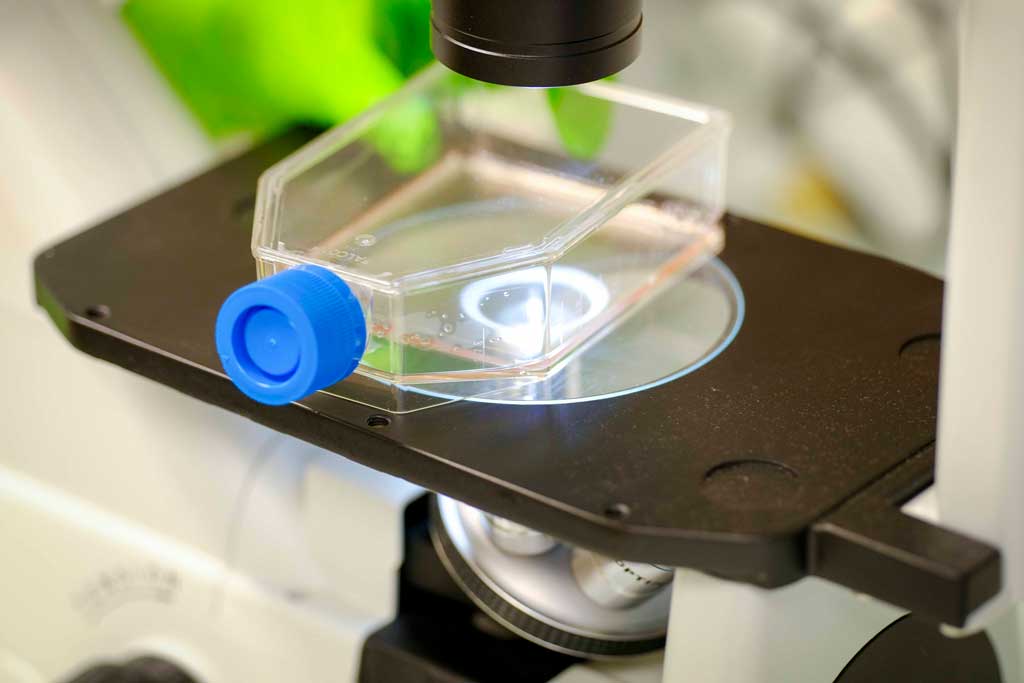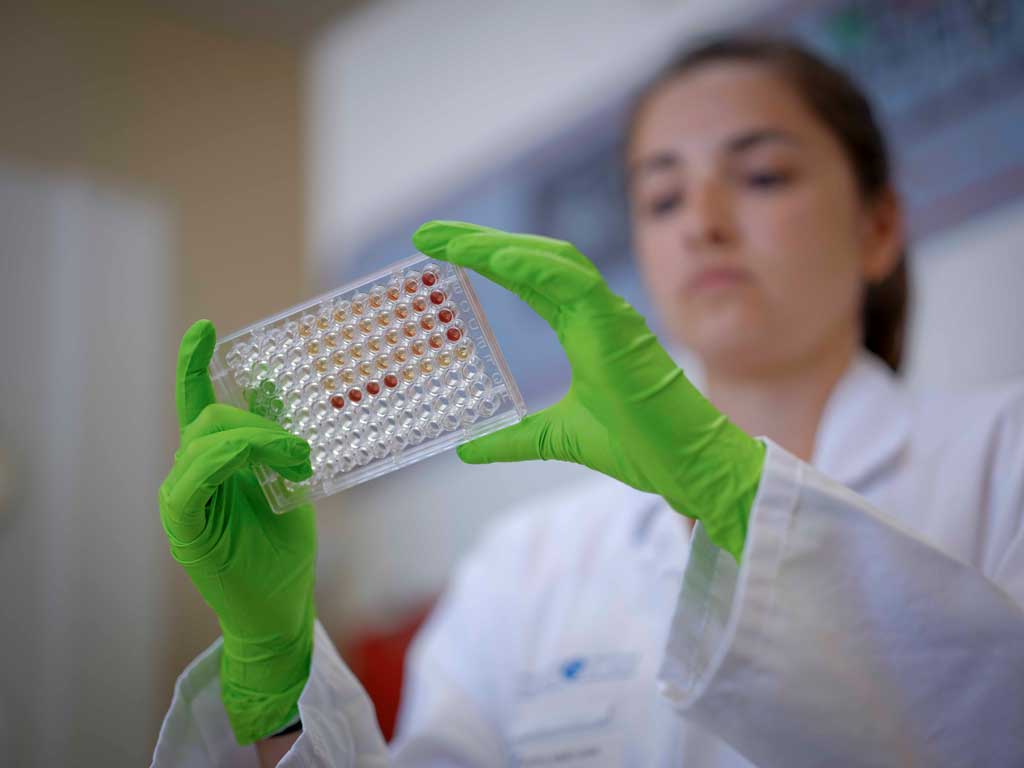OVERCOMING THE LIMITATIONS OF CURRENT ANTICANCER THERAPIES
Science
At Jalon Therapeutics, we share strong understanding of the limitations of current anticancer therapies. We believe new strategies based on non-oncogene addiction could make a meaningful and durable difference for cancer patients.

SCIENCE
Non-Oncogene Addiction, potential target for disruptive therapies
The concept of “oncogene addiction” was created by Bernard Weinstein, describing the physiological dependency of cancer cells to continuous activation or overexpression of oncogenes (see below: IB
Weinstein, Science 2002; NAGEL R. EMBO 2016).
Many drugs targeting these oncogenes have been developed and have become highly successful therapies. Still, there are genes that are not oncogenic, not mutated nor necessarily aberrantly expressed in tumor cells but are essential for tumor cell survival through the support of oncogenic stress. In contrast, normal cells, that exhibit lower level of stress, are less dependent on these cellular pathways. This concept was framed as “non-oncogene addiction”.
” Despite the focus on oncogenes as targets of cancer therapeutics, there are solid arguments based on experimental evidence for a larger class of drug targets that are not oncogenes but if targeted could be equally effective at treating cancer” (see below: NL Solimini et al., Cell 2007).
Jalon Therapeutics aims to leverage the potential of non-oncogene addiction (NOA) to identify new therapeutic targets and develop disruptive anti-cancer treatment strategies
target the intracellular AAC-11 signaling complexes
AAC-11 protein, cornerstone of cellular stress pathways
The protein AAC-11 is not an oncogene. It is a cornerstone of the cellular stress pathways. AAC-11 is involved in cancer cells survival, growth, metastasis as well as resistance to treatments. As a scaffold protein, AAC-11 operates inside the cell with multiple partners through protein-protein interactions that promote and sustain their diseased state. This central role makes inhibition of AAC-11 functions an attractive new strategy to treat cancer. Disrupting AAC-11 functional interactions opens new avenues in cancer therapy.


JRT39
JRT39, first-in-class lead candidate in advanced preclinical stage
Jalon Therapeutics’ lead candidate, JRT39, was designed to penetrate cells and specifically and efficiently target the intracellular AAC-11 signaling complexes.
JRT39 was selected for its superior preclinical efficacy in antitumor assays, preliminary stability and pharmacokinetic profiles. JRT39 is a 39 amino acid peptide comprising a sequence derived from the leucine-zipper domain of AAC-11 that specifically interacts with many of its protein partners.
This sequence is fused to a short cell-penetrating peptidic sequence that allows JRT39 to cross cell membranes.
JRT39 possesses singular features. Its optimized sequence and chemical modifications substantially prevent JRT39 cleavage by proteases. The resulting increased stability, cell-penetrating abilities and broad tissue distribution confer JRT39 unique pharmacological properties.
On a pharmacological standpoint, JRT39 has two anti-cancer modes of action:
- By acting as a molecular decoy, it disrupts AAC-11 intracellular complexes,
preventing AAC-11 to interact with its molecular partners. This inhibits the vital function of AAC-11 and therefore induces the spontaneous death of the cancer cells, without harming the normal (non-cancerous) cells. - In addition, JRT39 binds to AAC-11 partners present at the membrane level of tumor cells. Then, JRT39 specific folded shape and sequence cause the destruction of cancer cells through a membranolytic mechanism leading to highly immunogenic cell death.
OTHER DRUG CANDIDATES
Jalon Therapeutics plans to extend its scientific platform with other candidates derived from AAC-11 and AAC-11 functional partners. Our drug candidates are protected by worldwide and exclusive patents originally registered by Jean-Luc Poyet’s Inserm team and licensed to Jalon Therapeutics in 2021 and 2022.


